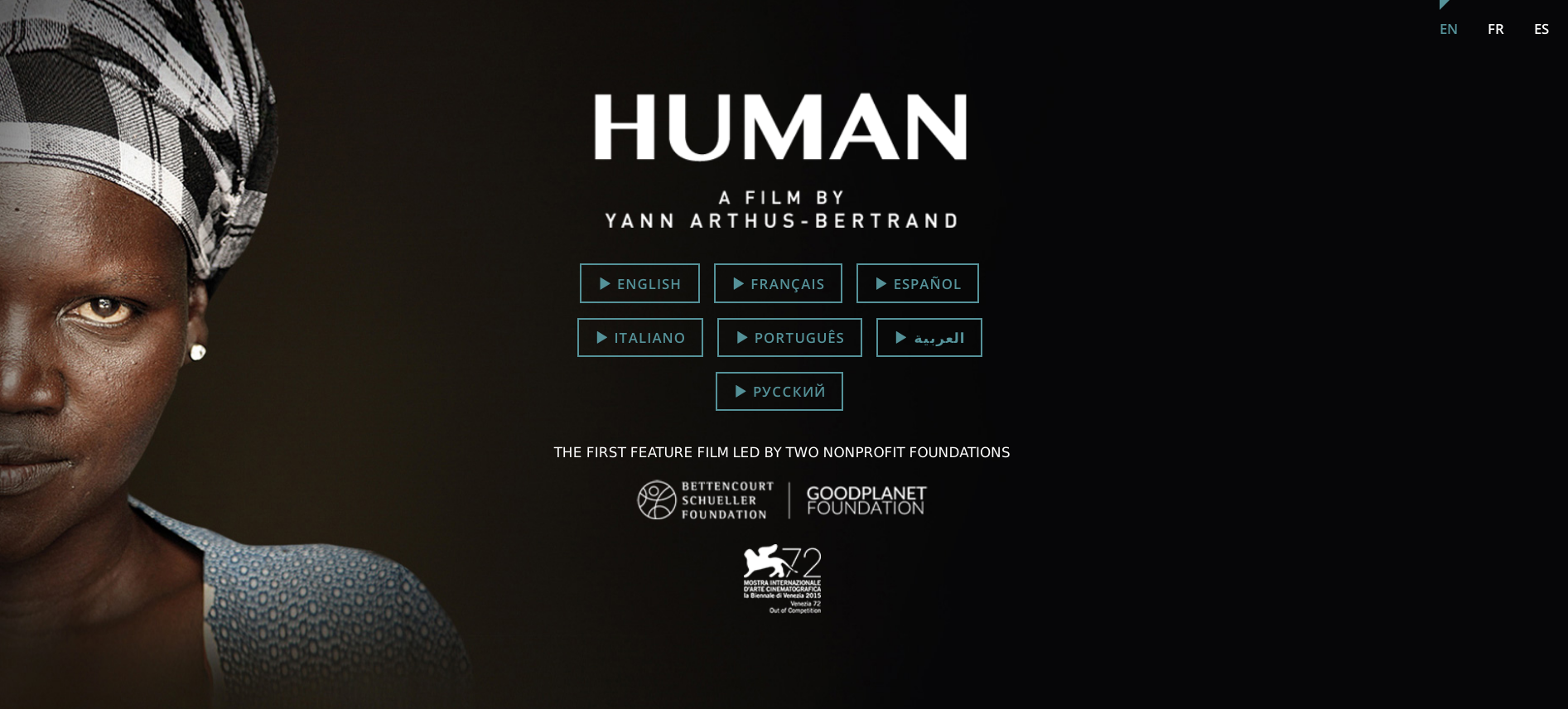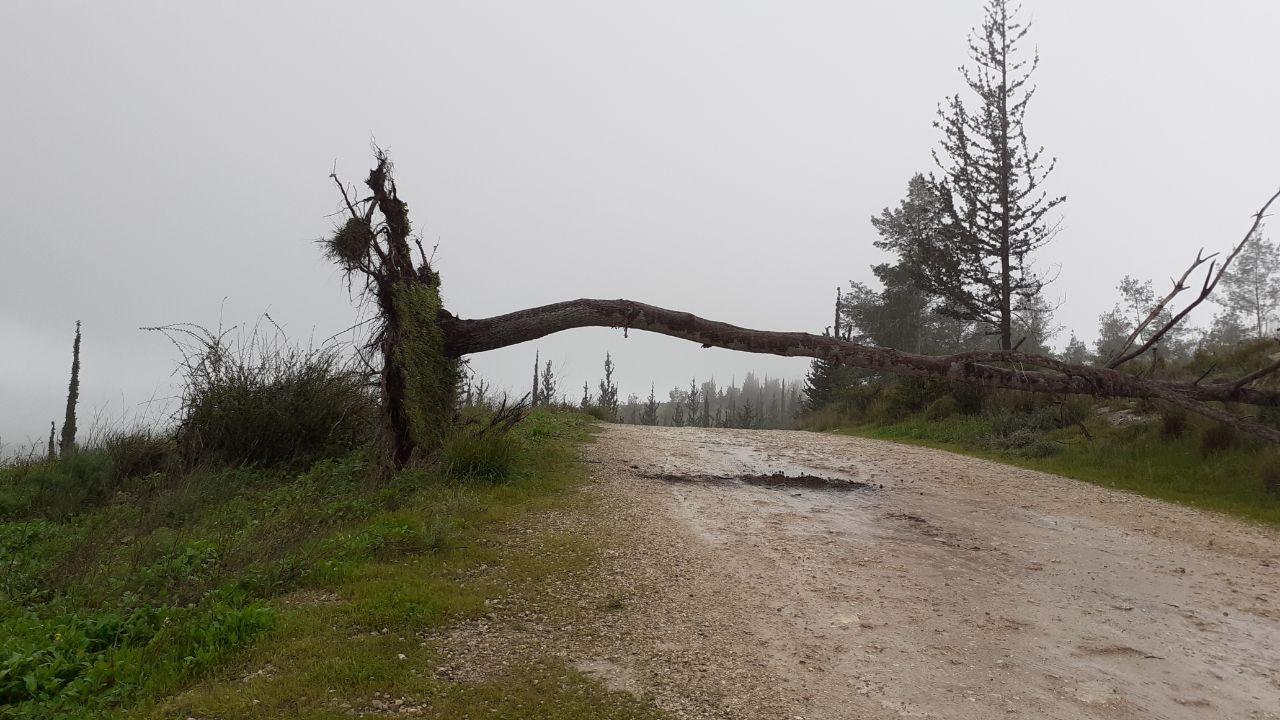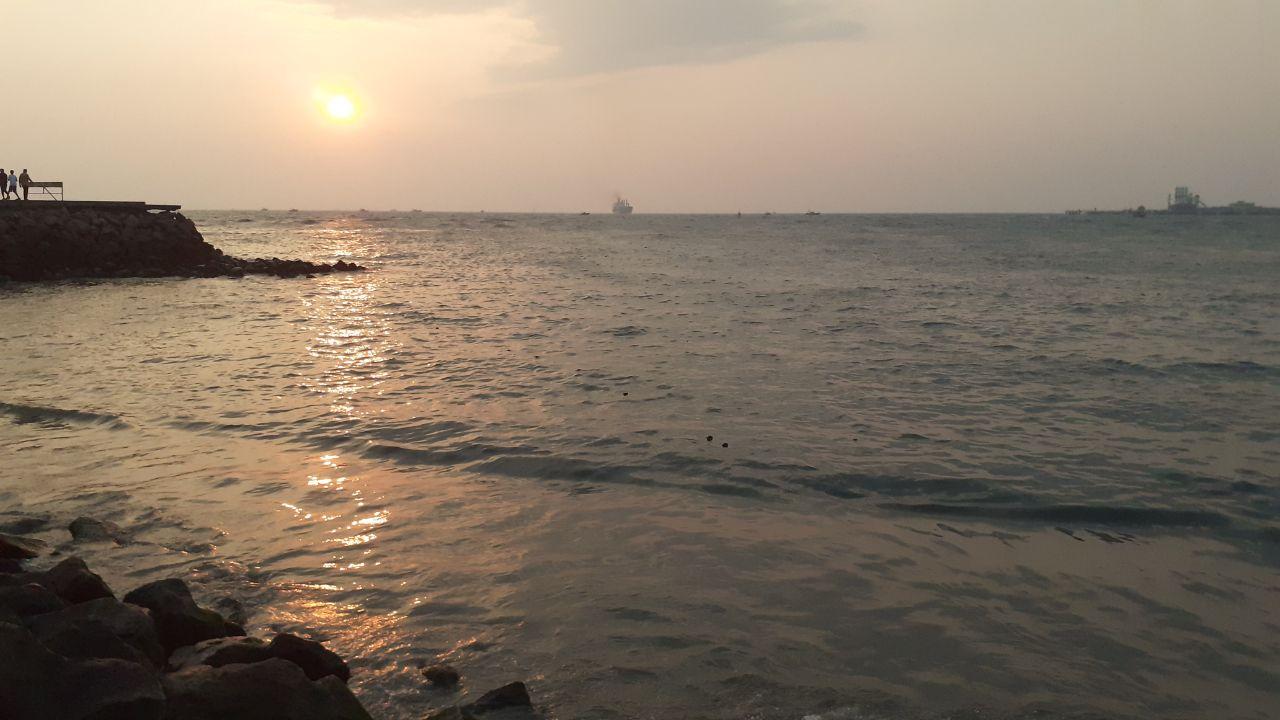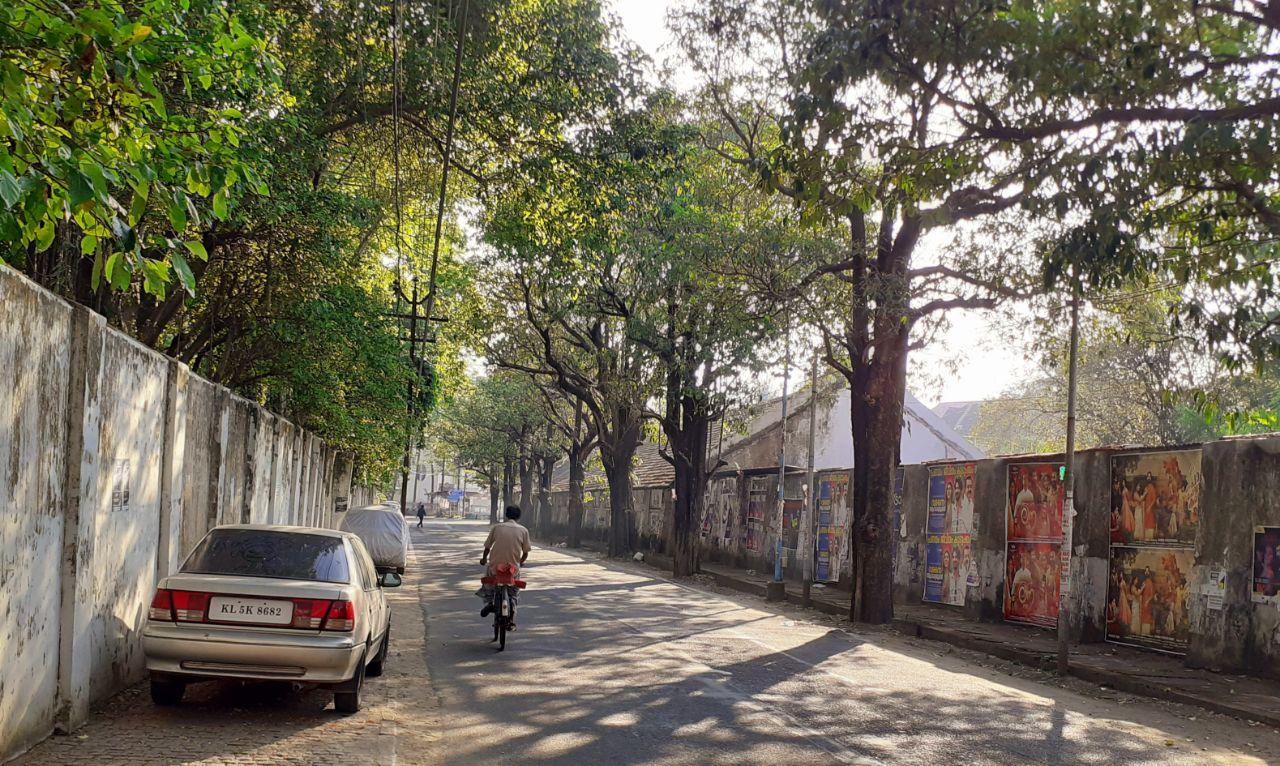
human-themovie.org by Yann Arthus Bertrand
Watched this movie today for a second time; the running time is 3 hours and 10 minutes, and it’s available for free in a number of languages. I’ve also managed to watched several supplementary short documentaries about the making of the film and listened separately to the sound track. Actually I think this may be my all-time favourite film. It’s hard to see with dry eyes. The storytelling, music and cinematography are consistently incredible – if anything, the movie steadily improves as it goes along. The signature theme, for example, only becomes evident in the second half or last hour. The way the film is constructed and edited contributes to its power and ensures that there is never a boring moment. There are subtleties that I only picked up on the second watching. The image of a man speaking on a phone at the corner of a Manhattan skyscraper is followed by a man standing high among desert cliffs. The film plays a little with our expectations. Derisive comments about “rich people” by a poor man are followed by an obviously “rich” American, who, in turn, quickly wins our sympathy. The impoverished window of an Indian farmer who committed suicide due to the water crisis is followed by an educated upper class Indian, who, despite first impressions, places her simple story in its sharp political context. The director says that this is essentially a political film, and one has to agree, but it is not directly so. It commands our attention by its intense humanity. No film could be more true to its title. It captures the essence of what it means to be a human being in our era, beset by vast inequalities, violence, political turbulence and climate change, as well as the options we face as human beings when confronted by these horrendous difficulties. It gives a voice to the voiceless and permits us to hear stories that would otherwise be unlikely to reach our ears. Eventually it is the beauty of these portraits of ordinary human beings, even more than the magnificent landscapes, that lingers in our memory. It is not just that these humans are unforgettable, but that they also hold us accountable. We are so far removed from some of them that even the work that they are doing is unintelligible to us. People hang out long lengths of fabric over a wooden construction for what purpose? A human chain of men move earth with shovels to achieve what? Men rummage through a garbage dump to find what? If we thought we understood our world, we find that we are out of touch.
Eventually it’s an optimistic film. Nobody forced these people to be interviewed. They agreed because despite everything, they believed in the value of their experience and hadn’t given up on either us, the viewers, or, in most cases, themselves.





